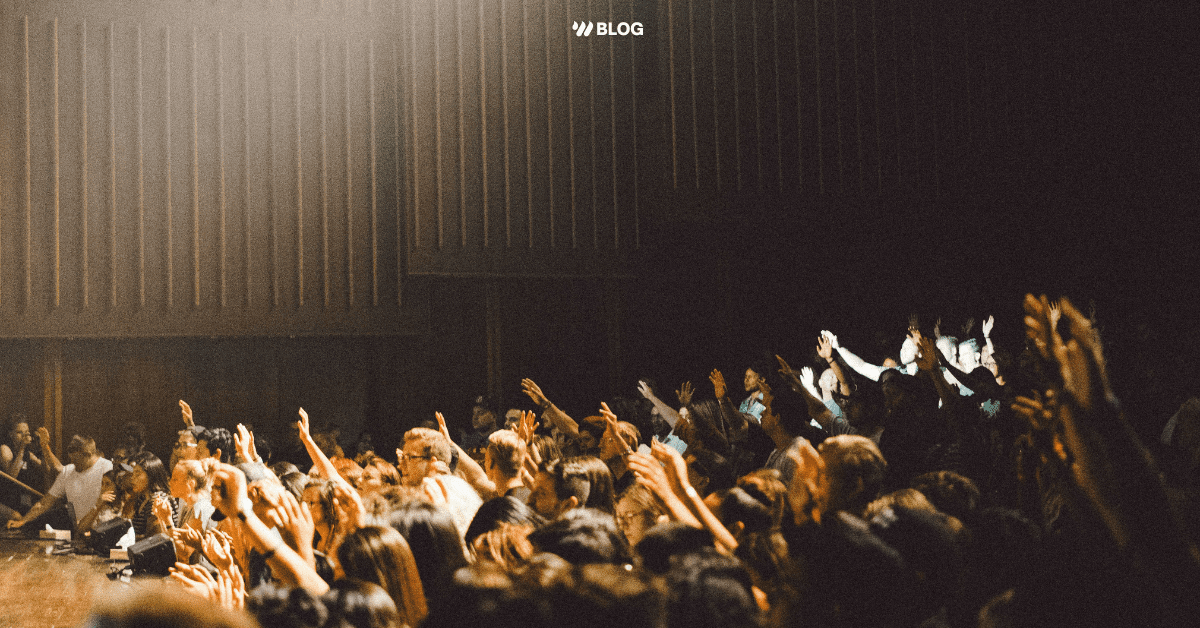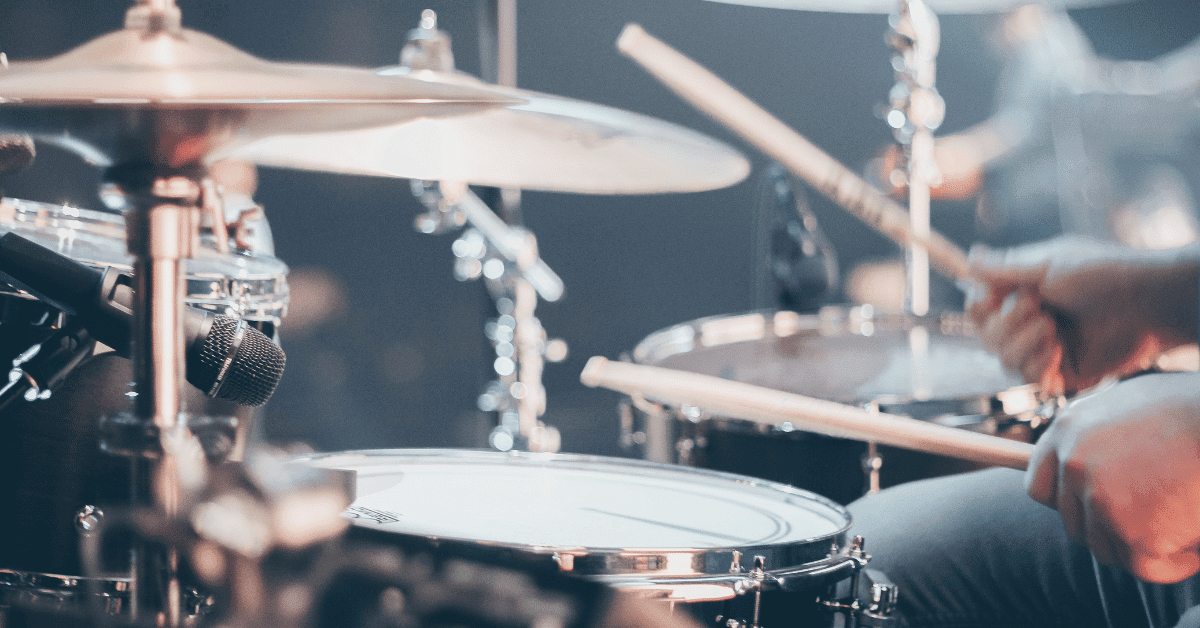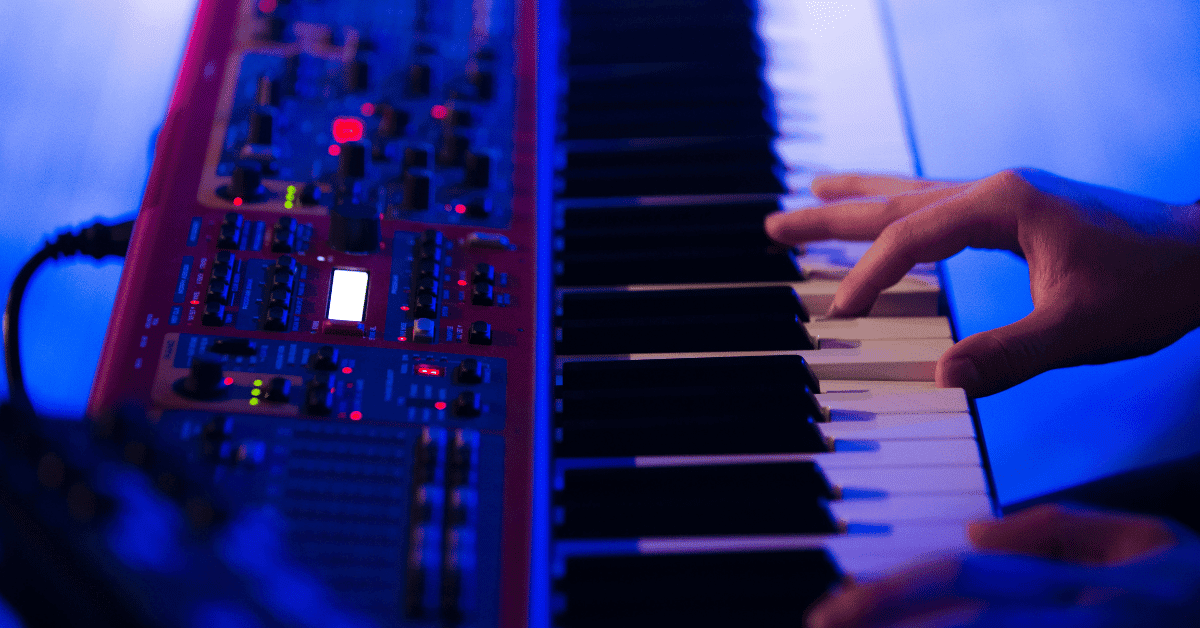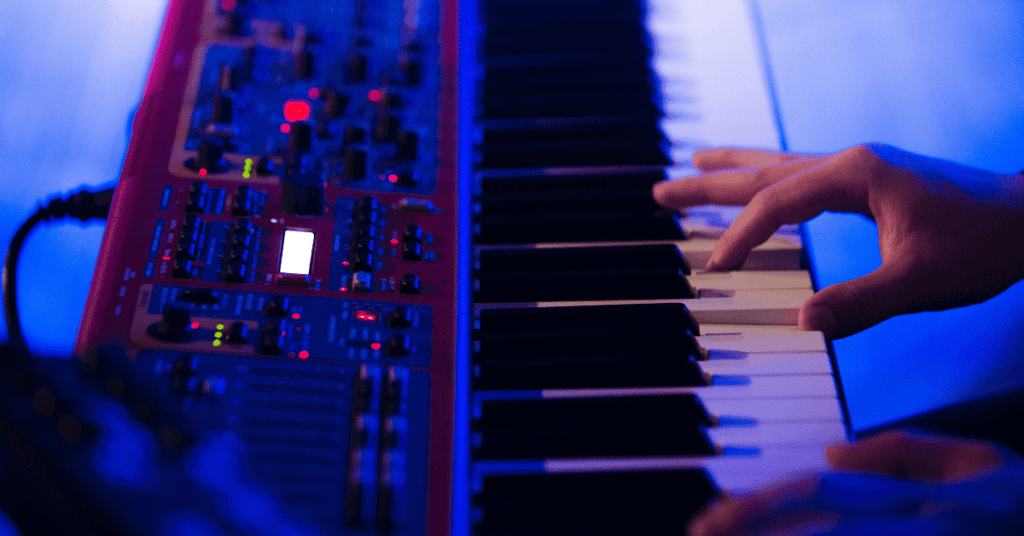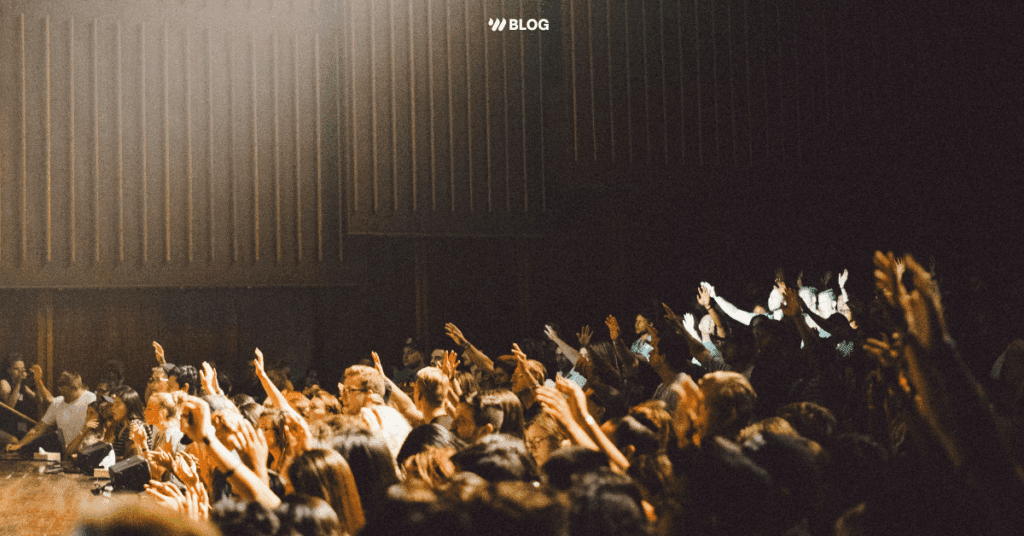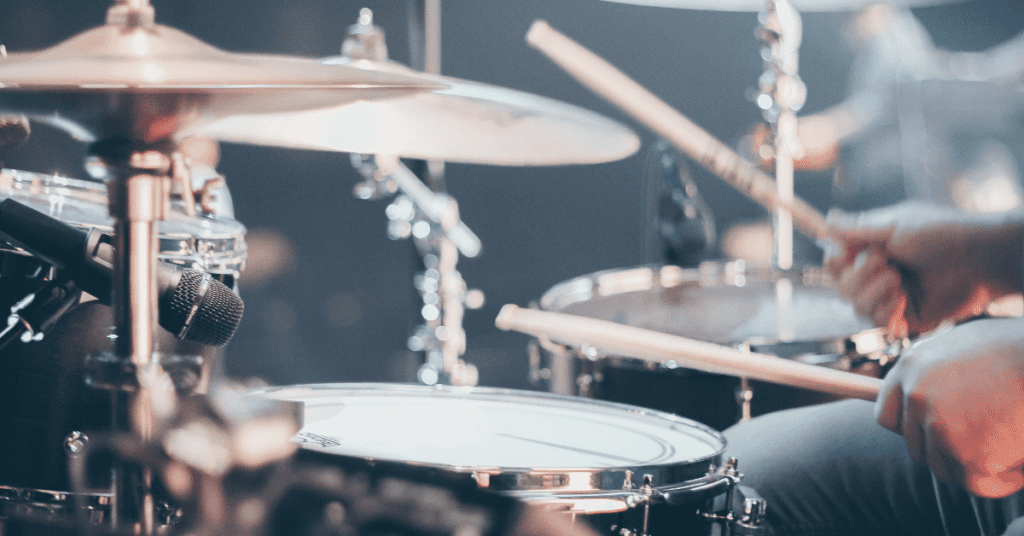The price of recording technology is steadily decreasing day by day making music incredibly accessible to musicians of all backgrounds. Anyone can record guitars, or even make a full record, in their bedroom with very little money. In this blog, I want to give you a few tips and techniques I have learned from my time in the studio to record guitars well. If you have yet to give recording a shot, I will also help explain why it is an important practice for anyone looking to grow.
Why Record?
Maybe you have never had the desire to record guitar. Maybe you are more passionate about playing at church than creating a song. That is totally fine. However, I believe there is more purpose in the craft than just making a song. Here are just a few good reasons:
It improves your playing
It is no secret that timing and technique can be greatly overlooked by guitarists. Typically we care more about what pedal we are going to buy next. When I moved to Nashville and began to play on records it was a bit of a daunting experience at first. Why? Because it simply forces you to be better. There is a thing some refer to as the “red light syndrome” where people can freeze up when the red record button is pushed. There is something about the commitment of recording audio that forces you to grow in your confidence. The more you record the more confident you will become and get past any performance fears.
It gives you an outlet to express your identity
In my last post (Worshipping Through Authentic Creativity), I talked about about our identity as creative beings. God created you to be creative. Recording is an outlet for you to express who He made you to be. Go have fun and simply make something. We need more Christians making music and exploring territories outside of what you hear on K-Love. It would be a shame for the church not to as it is too easy to create and release music these days.
It gives you a platform to practice and try new ideas
One of my favorite things to do when getting ready for a worship set is to load the song file in a DAW, pitch shift it to the key we will play it in and then experiment with different parts to play in the song. After recording them I can listen back and critically examine if they work or not. Usually when I step away from something I have come up with and return to it after several minutes, I can better analyze its effectiveness. This typically leads to playing less notes. Many DAW’s also have time stretching features (such as Logic’s Varispeed) to slow down tracks, which is great for practicing.
It develops your ear
A trained ear is infinitely more valuable than any piece of gear you could ever buy. By spending time in the studio, you learn to hear what needs to be tweaked through engineering or your technique. The more you understand EQ, frequency response, compression, etc. the better you will be able to tweak your tone and sound better at church. The best musicians are always good producers.
It prepares you for the professional world
This is pretty straightforward – if you ever want to play on a church record or any other produced song, practice recording and prepare yourself.
It’s easy
That’s right. Recording is really not that complicated. Teenagers are producing hit songs these days. So can you.
Recording on a Budget
As I mentioned earlier, you don’t need a lot of money or fancy gear to record well. You can start off with as little as ~$350 if you already own a Mac. The quality of recording is really more about how you use the tools. I am constantly shocked by how many huge songs use simple gear. Here are some recommendations for getting a start:
Monitors
If you live in Nashville, you will see KRK Rokit 5’s everywhere. They are kind of the industry standard for budget monitors. Massive records have been mixed on them. If you do not want to buy monitors you can buy decent headphones for roughly $100 as well.
Interface
I use an Apogee Duet, which I may have bought for ~$300 used. Tons of pop records have been recorded with these. They are portable, have great pre’s and relatively cheap. If you really are on a budget it is not hard to find a used 2 channel Focusrite for $150 or less.
Microphones
Honestly, just buy an SM57. Everyone uses them for a reason. You can buy them for well under $100 used. However, you can also just record direct, which I will talk about in a minute.
DAW
GarageBand is free with MacBooks and Logic is just $200. You really do not really need more than that. Logic comes with plenty of built in free plugins that sound great. If you do not need anything fancy or are just getting started GarageBand is still pretty powerful.
How I Like To Record
Let’s talk about some general approaches and techniques. Everyone I know has different approaches, but below is what has generally worked for me so far.
DAW’s
When I am hired for a project by a producer I will always record guitars in Logic. This is simply because of its ease of recording and comping multiple takes. The interface is incredibly intuitive, saving channel strips is a breeze, and Flex makes you sound better than you are if you need it. I usually prefer Ableton for songwriting and track building. In it I will record quick takes of guitars.
Direct vs Mic’d
Here is one of the greatest debated topics in guitar recording. There are purists that will always record real tube amps, no matter how good technology gets. For awhile, I found myself in that category, but lately I have started to err more on the side of using digital modeling more and more.
I began by using Logic’s Amp Designer for demos and slowly fell in love with it as I learned how to tweak things. I have more recently been using Waves GTR on the Clean amp with the 2×10 cab and have even ordered a Fractal AX8 to try out. There have been times where I have mic’d up my Matchless for a song I was working on and then went back to recording direct because I liked the way it sounded more.
I really feel like there are great sounds in all modeling applications – you just have to find them and learn how to tweak things to your liking. You would be surprised how many records these days are all modeling. I am starting to believe there is not much of an excuse to not use it other than just a mental hurdle to overcome.
Most sessions I go to another studio for I record using a real amp, but I may start using the Fractal stuff if I like it enough. A lot of that can depend on the producer’s preferences. When I am micing amps I love to use a dual mic setup with one mic straight on and the second at a 45 degree angle to the grill. This is called the Fredman technique.
Blending two tones together is a common studio technique for making things a little more balanced and complex. Live, my mic placement depends on the amp but typically I place it direct on at the grill in between the far edge of the speaker and the edge of the center cone. Try experimenting with different mic placements and angles and see what you like.
Plugins and Pedals
When I am recording at home I honestly use plugins more than pedals because I can tweak settings later on. Many times they sound better as well. I love all of Soundtoys’ plugins as they are pretty creative. Wait for a sale and you can get them cheap. Echoboy and Microshift are incredible on guitar. Here is my typical plugin chain:
Little Radiator -> Waves GTR -> EQ high passed at 150-200 hz -> TAL Chorus -> Microshift -> Echoboy -> Valhalla Room/Vintage Verb
Other plugins I will use frequently are the CLA Guitars and Waves SSL E Channel. CLA is great for everything and quickly getting decent sounds without much effort. The E Channel is perfect for mixing and making things sound polished. It forces you to use your ears more than your eyes to dial things in.
I usually run through my pedalboard, mainly to compress and EQ through my Diamond Compressor and use overdrive pedals. If I am looking for a modulated effect, I will sometimes us a pedal on my board if I cannot easily find the sound in a plugin.
Playing
A very common practice is doubling takes. This allows you to pan one take hard left and another hard right to make things very wide, which usually leaves room in the center for vocals and other tracks. This is wider than recording stereo amps, so most sessions will involve recording in mono. If I just want to quickly make a track wider without double tracking I will sometimes use Microshift or the TAL Chorus.
Guitar Choices
Just like different amps, I like to choose what inspires me and what I am feeling in the moment. That varies from song to song and part to part. If I need something warmer with more sustain I will go for my 355. If I need something clean and articulate I will go for something else. Each guitar has their own vibe and there is no right or wrong.
One last word of advice: do not use cracked software. Just because there is not someone policing you about it does not mean it is not stealing and sinful. You would not walk into a retail store and take their product, so do not take a digital product without paying for it. I believe God will honor you for making the better choice. Cheers.
If there is not something I have covered and you have any questions feel free to comment below.
You may also be interested in these posts:
- Guitar Rig Rundown – Amps & Guitars
- The “Secret” To Being A Great Electric Guitarist
- What Every Worship Leader Needs To Know About Electric Guitar (Part 1)
- 6 Things That Will Make You Sound Better Than New Gear
- Worshipping Through Authentic Creativity

